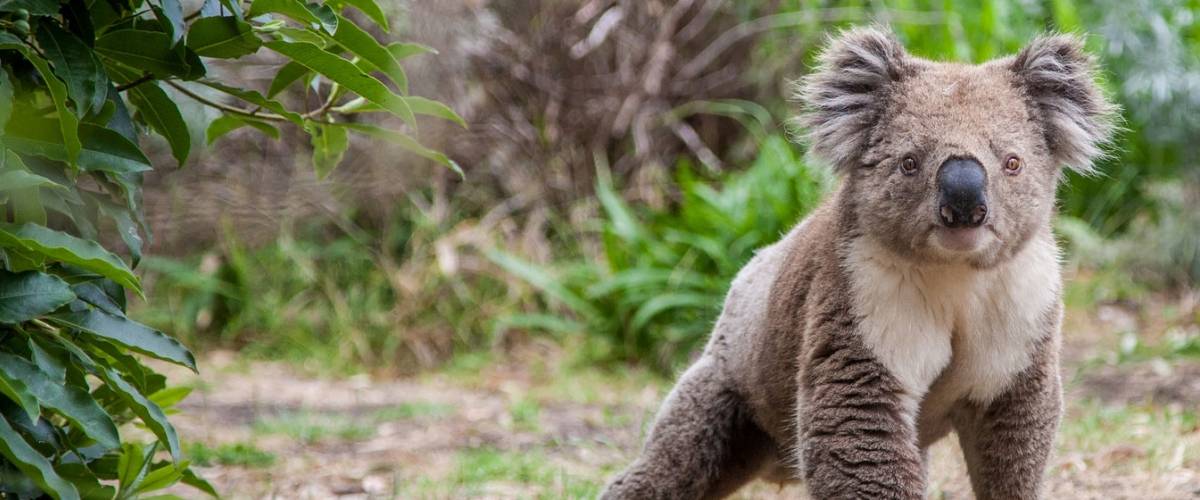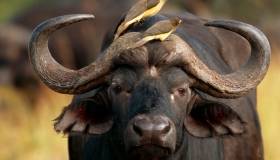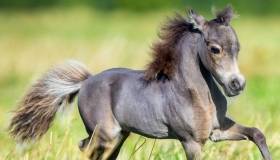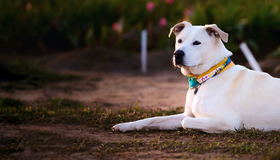
DENVER/July 2, 2019 – The last, large, isolated, healthy chlamydia-free population of koalas in Australia may have been identified on Kangaroo Island, said Morris Animal Foundation-funded researchers at the University of Adelaide.
Chlamydia is a serious threat to the species, contributing to dramatic population declines, and the team hopes the Kangaroo Island koalas can provide a safeguard against further losses and even extinction. The team published their findings in the Nature journal Scientific Reports.
“This is a very important finding because chlamydial disease is so prevalent and efforts to fight it have so far been unsuccessful,” said Dr. Natasha Speight, koala researcher and lecturer at the University of Adelaide’s School of Animal and Veterinary Sciences. “These koalas could potentially be used as a disease-free breeding colony in the future.”
Chlamydia pecorum is a bacterial infection of koalas that is mainly transmitted sexually, but also can be spread by close contact, including from mothers to joeys. It develops as conjunctivitis, which can lead to blindness, and urinary tract infections that can ascend to the kidneys and reproductive tract, causing infertility. Chlamydia is common in koalas and ultimately fatal.
“The impact of Chlamydia on populations of koalas in parts of Australia is devastating, with high levels of severe disease and death, and common infertility,” says lead author Jessica Fabijan, from the University of Adelaide. “This last Chlamydia-free population holds significant importance as insurance for the future of the species. We may need our Kangaroo Island koalas to re-populate other declining populations.”
The Morris Animal Foundation-funded study sought to determine the prevalence of C. pecorum in wild-ranging koalas. Based on previous evidence that found low or no infection rates, the study focused on wild koalas in the Mount Lofty Ranges, a mountain range just east of Adelaide, and Kangaroo Island (KI), Australia’s third largest island, 70 miles southwest of Adelaide.
The team worked in conjunction with the South Australian Government Department for Environment and Water (DEW) and the University of the Sunshine Coast. They captured and released 75 koalas from the Mount Lofty Ranges and 170 koalas from KI. Veterinarians checked each koala and collected swab samples to test for C. pecorum DNA. Researchers also examined more than 13,000 historical veterinary records of KI koalas from over a 22-year period for accounts of the disease.
They found that nearly half of the Mount Lofty Ranges koalas were positive for C. pecorum DNA, but showed no signs of disease, except for three koalas. The koalas at KI, however, were all C. pecorum negative and no disease was observed. There were also no definitive records of the disease in the island’s historical records. The team used the results in a statistical model that showed, with 95% confidence, that Kangaroo Island is C. pecorum-free.
“This could be the break we need to finally turn the tide on this infection and improve conservation efforts,” said Dr. Janet Patterson-Kane, Morris Animal Foundation Chief Scientific Officer. “We’re proud to support this work to save one of the world’s most unique and beloved animals.”
Morris Animal Foundation is one of the largest nonprofit animal health research organizations in the world, funding more than $126 million in studies across a broad range of species since 1948. The Foundation is one of the only organizations funding health research particularly for endangered and at-risk wildlife species, including the koala. The Foundation has funded numerous studies in koalas, including another devastating infection, koala retrovirus.
Chlamydia was first discovered in koalas in northern Australia in the 1970s. Populations there are declining, due to the disease and other threats, such as habitat destruction and road deaths. Koalas are classified as vulnerable by the International Union for Conservation of Nature’s Red List of threatened species. Their populations in southern Australia are considered stable, thought to be partly due to a lower prevalence and severity of the disease.
About Morris Animal Foundation
Morris Animal Foundation’s mission is to bridge science and resources to advance the health of animals. Founded by a veterinarian in 1948, we fund and conduct critical health studies for the benefit of all animals. Learn more at morrisanimalfoundation.org.



